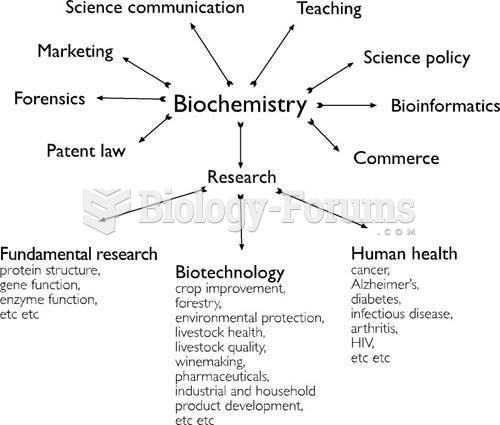This topic contains a solution. Click here to go to the answer
|
|
|
Did you know?
Approximately 500,000 babies are born each year in the United States to teenage mothers.
Did you know?
There are more nerve cells in one human brain than there are stars in the Milky Way.
Did you know?
By definition, when a medication is administered intravenously, its bioavailability is 100%.
Did you know?
The average adult has about 21 square feet of skin.
Did you know?
Vampire bats have a natural anticoagulant in their saliva that permits continuous bleeding after they painlessly open a wound with their incisors. This capillary blood does not cause any significant blood loss to their victims.







